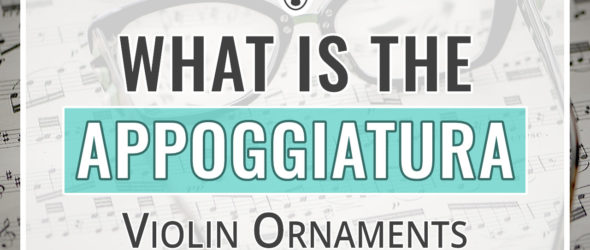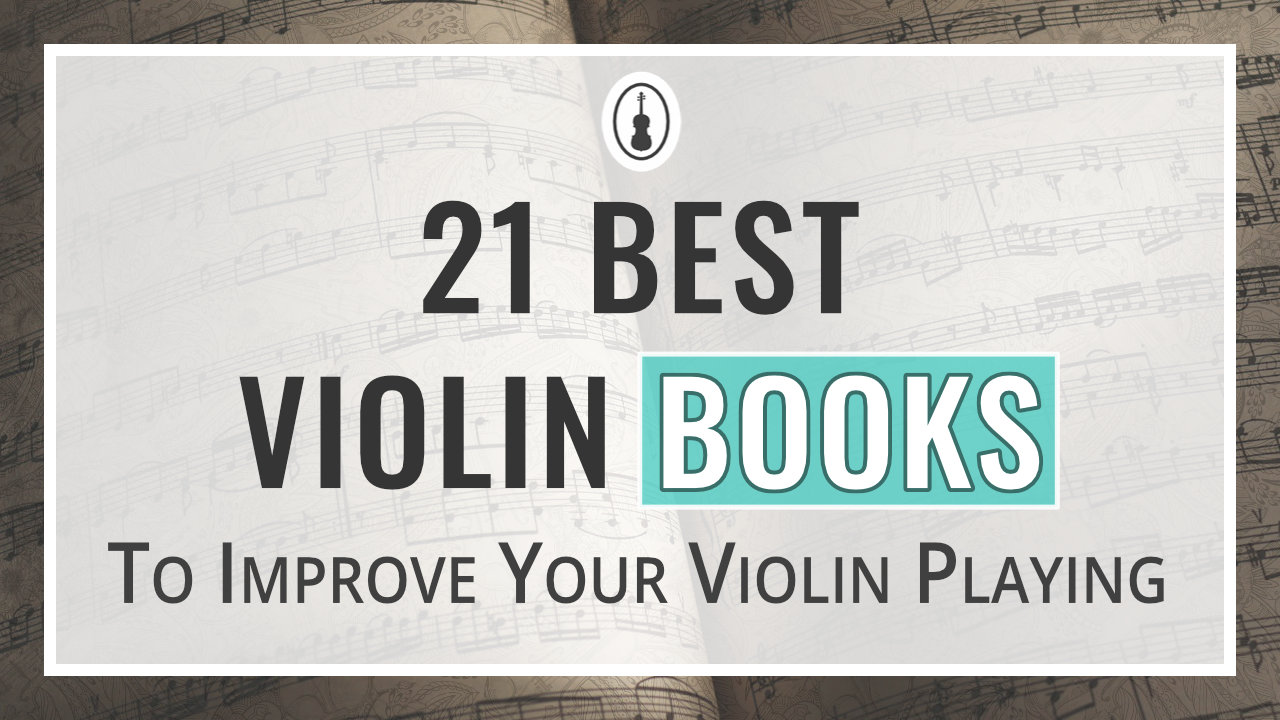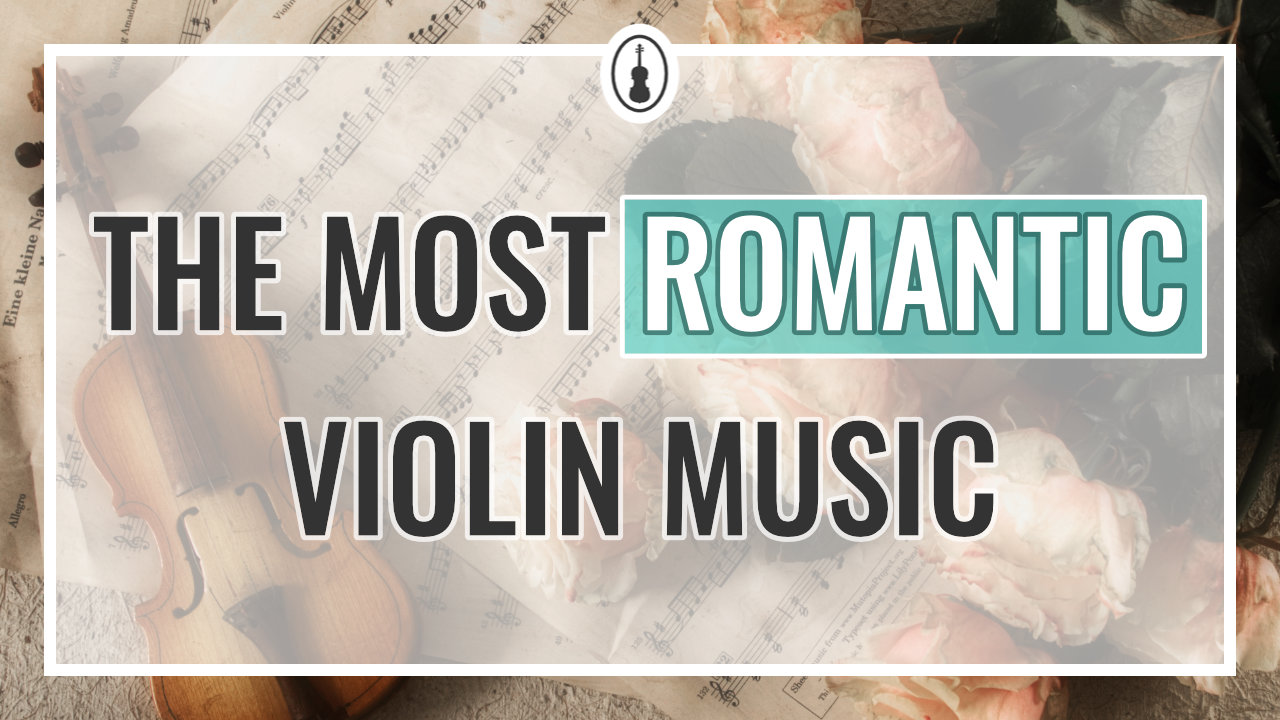The word appoggiatura comes from the Italian ‘appoggiare’ which means ‘to lean’. It is a form of ornamentation, a small note in front of the principal note, sometimes called a ‘grace note’, that is played before the principal note. Sometimes there is more than one grace note.
There are two types of grace notes, one is appoggiatura and the other is acciaccatura. They are similar and therefore easy to confuse, but there are key differences which I will show you in this post.
What is an Appoggiatura in Music Theory?
Appoggiatura is a grace note, whose main characteristic is that it takes away time and emphasis from the principal note. The note is added in front of the main note, as a form of ornamentation, usually one note higher or lower than the principal note, and it resolves to the main note.
It is given emphasis and, typically in classical music, it is worth half the length of the main note. In practice, this means that the two notes end up being the same length, which is half of the original note. It is also usually added to the strongest note of the bar.
It is written as a smaller size note, half the value of the principal note, connected to the main note by a slur.
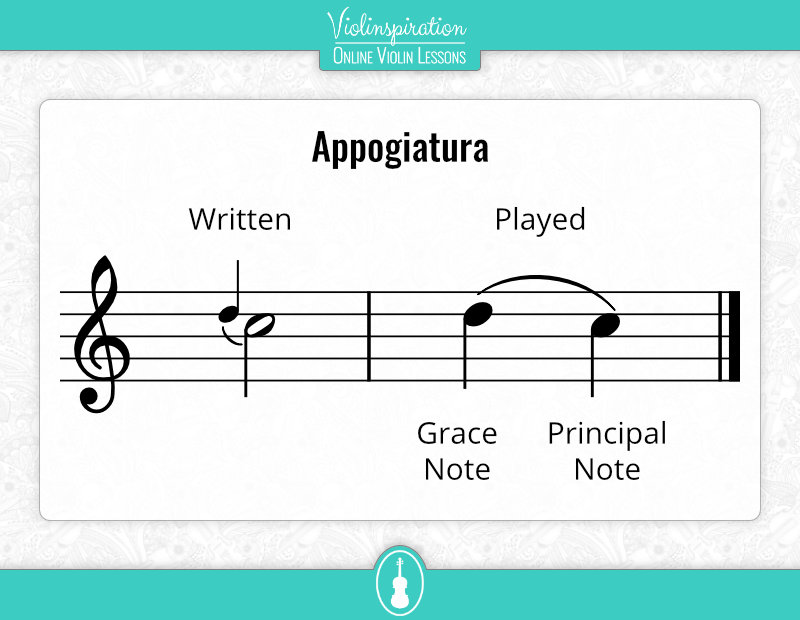
The History of Appoggiatura
In music from other periods than the classical, the two notes don’t have to sound equal in length. For example, in Renaissance and early Baroque music, the grace note is shorter than the main note, around a third of its length.
By the time of J. S. Bach, the way the appoggiatura was used had changed. Sometimes it was short, taking very small time away from the main note, other times longer, sometimes ending up longer than the main note itself, and as such created a dissonance which eventually resolved to the main note, ending in consonance.
The length of the appoggiatura, therefore, depends on the type of music it is in, and the conventions of that era. Conventions were so important that in Baroque music the grace notes were often not even written in, but were expected to be added by the players when they felt right, and everyone knew when that was.
Is Appoggiatura a Grace Note?
Yes, appoggiatura is a grace note, a form of ornamentation. A grace note is a smaller note, usually one note higher or lower, attached to the main note. The other type of grace note is acciaccatura.
Grace notes are a type of a handful of different ornaments, such as mordents, turns, and trills.
Appoggiatura can sometimes take the form of more than one note, two or even more. These notes all take away from the principal note and make it shorter.
What is an Example of Appoggiatura?
An example of appoggiatura can be found in classical pieces such as sonatas, concertos, and also can be added by the player to a melody as a part of improvisation.
Let’s take the example of Happy Birthday. In the video below it is played with and without appoggiaturas. The score is displayed in each case, so try to follow the melody and spot the differences.
Another example is from Haydn’s Symphony no. 8. It is played twice the same and you can observe the notation with appoggiaturas and “as played” by the violinist:
What is the Difference Between Acciaccatura and Appoggiatura?
In an appoggiatura, the grace note is given emphasis and takes away time from the principal note. In an acciaccatura the grace note doesn’t take time away from the principal note, it happens in the time before it, so that the principal note will fall on the beat it was supposed to be on.
In practice, this means either playing the note really fast or starting to play the acciaccatura just before the moment the principal note is supposed to be played.
Also, the appoggiatura is given some time and length of its own, while the acciaccatura has no emphasis, it is as if it happened in ‘no time’. It is really just an addition to the main note.
Acciaccatura comes from the Italian word ‘to crush’, and it is notated with the grace note crossed over.
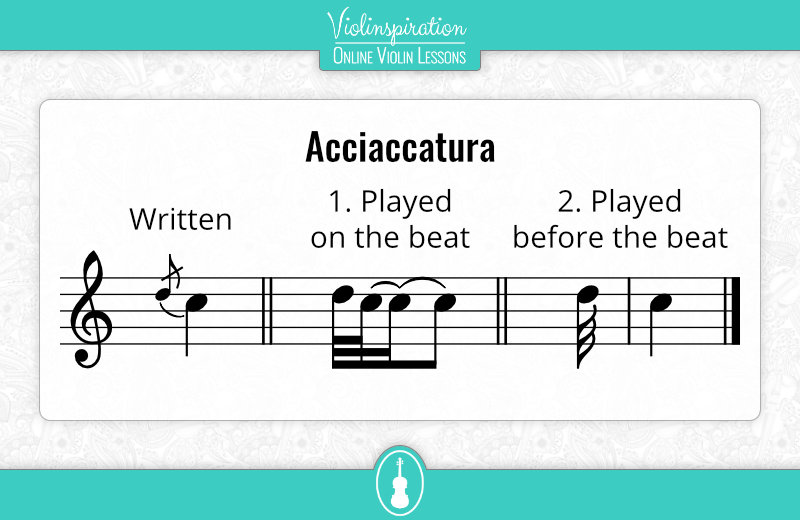

Historically, the notation now used for acciaccatura was used to denote the short version of the appoggiatura, and therefore there has been some confusion as to which is which. Adding to this confusion was the fact that during the 19th century some people started playing the appoggiatura before the beat.
How to Play Appoggiaturas on Your Violin
Here is an easy guide to learning appoggiaturas on your violin:
1. Practice Principal Note
To practice playing appoggiaturas, first set your metronome to 60 bpm, and play only the principal note, but for two beats (2 clicks of the metronome). You can start by playing the open A string.
2. Play Grace Note and Shorten the Principal Note
When you’re familiar with the length of the principal note, add the grace note by playing it on the first beat, and play the principal note on the second beat only. So now play your first finger (1 click) and then the open A string (1 click).
You can then repeat this process with all your fingers, so 2nd and 1st, 3rd and 2nd, and 4th and 3rd.
3. Add Emphasis to the Grace Note
In the last step, make sure that the grace note is emphasized. You can achieve it by putting more pressure on your bow or bowing faster.
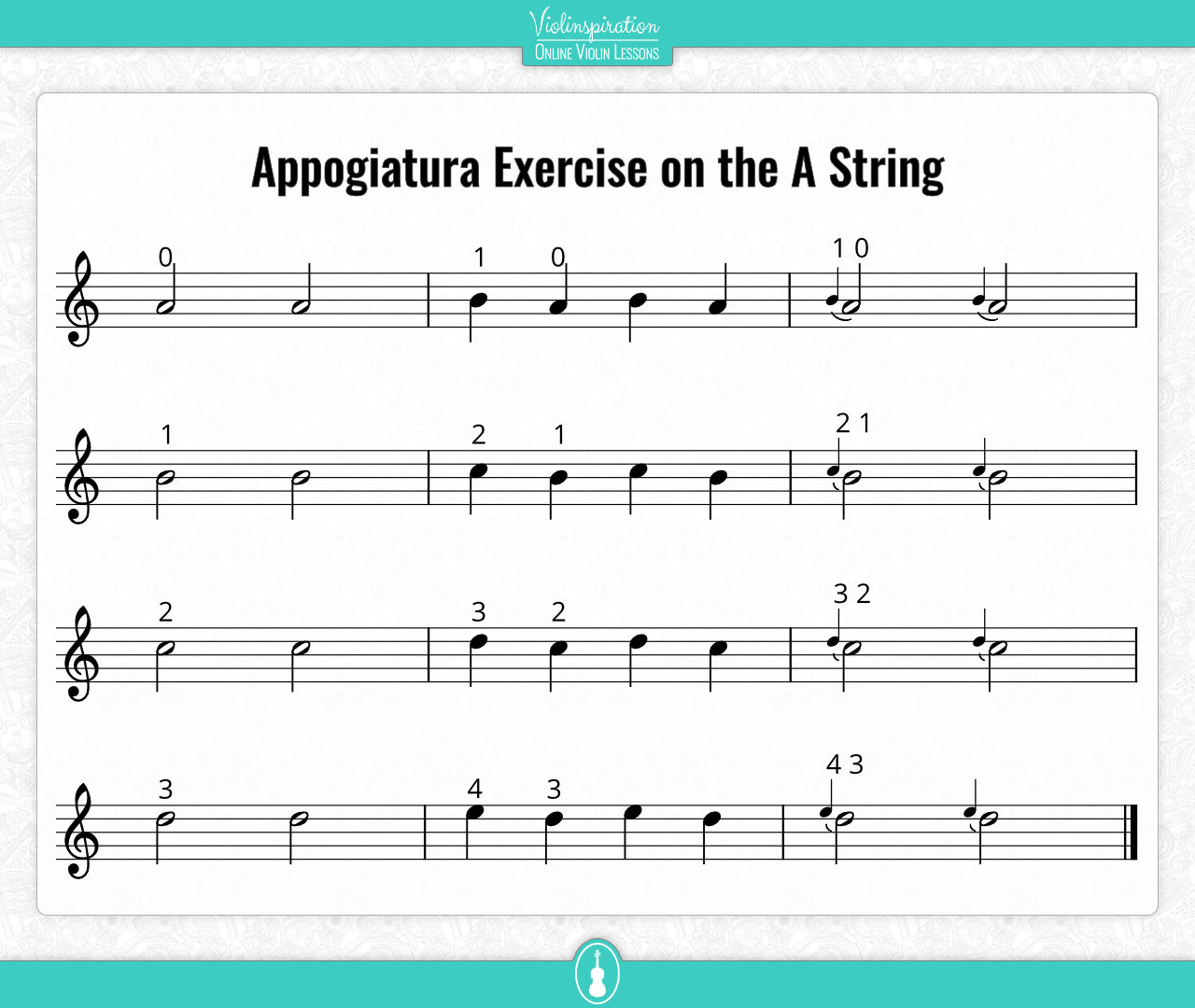
If you’d like to get feedback on your playing, make sure to submit your video here (only for members of Julia’s Violin Academy).
Violin Sheet Music With Appoggiaturas
Boccherini’s Minuet in A Major is a nice piece to learn even if you are still a beginner and has appoggiaturas in it. You can listen to it here:
Download the sheet music and start practicing this popular piece right away!
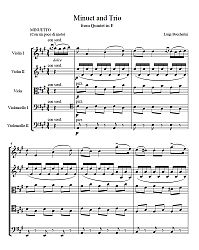
Boccherini’s Minuet
Free Violin Sheet Music
By contrast, you can practice Bach’s Gavotte in D Major, which has lots of acciaccaturas. You can of course change the way you play it. If you put more emphasis on the grace note, you can play them like appoggiaturas.
You can download the sheet music below or buy the Suzuki book vol. 3 if you follow the Suzuki method.
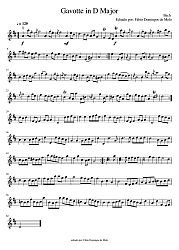
Bach’s Gavotte in D Major
Free Violin Sheet Music

Suzuki Violin School: Violin Part – Volume 3
International Edition
Support us for more FREE content No extra costs for you Recommended by Violinists
